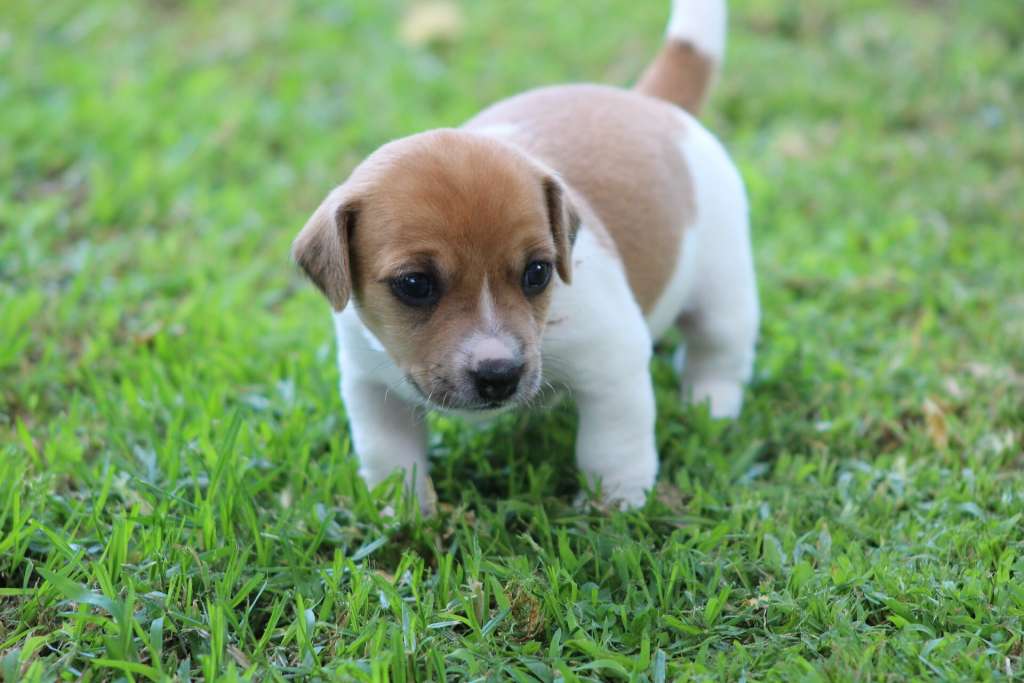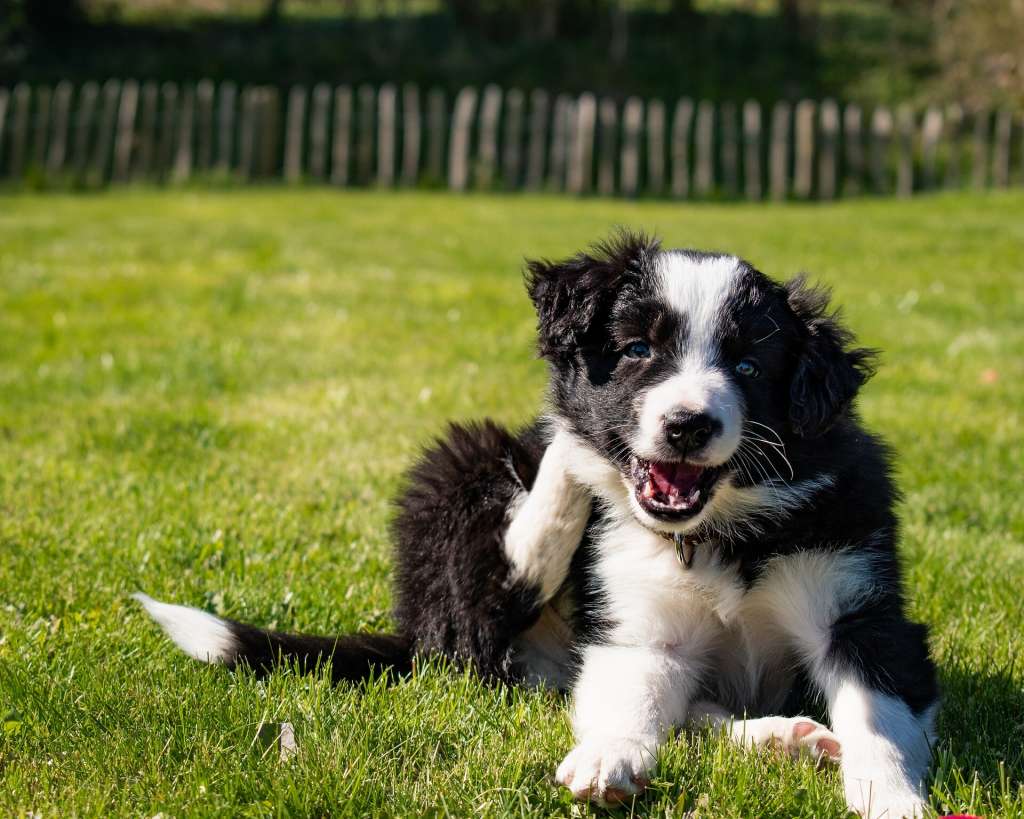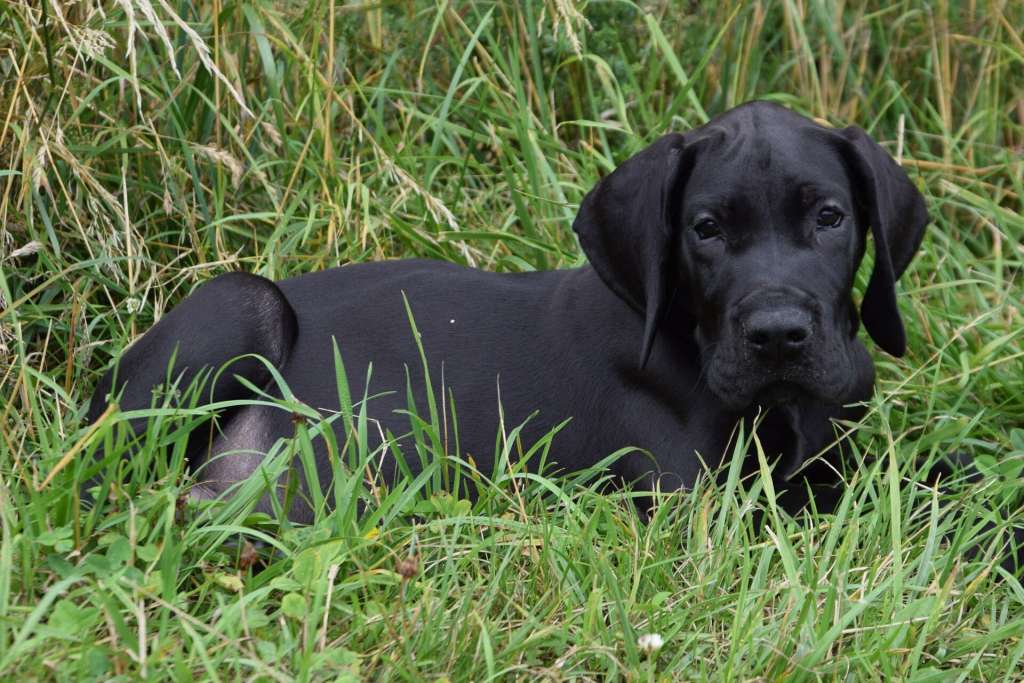How Much Exercise Does A Puppy Need?
Puppies have such a zest for life and so much energy that they need daily exercise. Bear in mind though that they need just the right amount and kind for their health and wellbeing.
Too much exercise can be bad for their bones and joints so it’s important to choose the right amount and type at the various stages of their life.
Perhaps most importantly pups need to be fully vaccinated before any interaction with other dogs and a good rule of thumb is waiting until they are 16 weeks old before you do so.
This means you need to factor in their size, breed, and age in assessing how much exercise your puppy needs. If you’re still unsure ask your vet for advice!
Puppy Exercise Guidelines
| Puppy Age | Exercise Frequency | Exercise Time |
| 1 month | Twice a day | 5 minutes |
| 2 months | Twice a day | 10 minutes |
| 3 months | Twice a day | 15 minutes |
| 4 months | Twice a day | 20 minutes |
General Guidelines
Because every puppy is different you need to monitor your puppy’s activity carefully as a check and balance as to whether they’re getting too much or too little exercise. You can then adjust their exercise frequency depending on whether their exercise seems too much for them or on the contrary they seem to have loads of energy at the end of the day.
Over and above their scheduled exercise your puppy will probably enjoy other forms of exercise such as exploring in your home or garden. This is perfectly natural, and they will have periods of rest and sleep when they get tired.
It’s important to bear in mind that every puppy’s exercise needs differ. And it’s also important to know the exercise needs of different breeds.
Vaccinations
Puppies need to be fully vaccinated before they meet other dogs. This usually means they should only be taken out for walks from the age of 4 months, so they are fully protected. In the meantime, exercise should be confined to your garden or in your home so that they don’t meet dogs that are unvaccinated.
Pad Care
Puppy paw pads are quite soft and sensitive, so you need to avoid walking on hard surfaces such as roads or paths exclusively. Instead try mixing them up with softer surfaces such as sand (provided it’s cool) or grass.
Training Exercise
Training your puppy is good exercise and may tire your puppy out so don’t be surprised or alarmed if after a training session they seem to lack energy – that’s normal!
Your puppy is likely to be tired after exercise. Therefore you need to provide a cosy place for your puppy to rest such as a puppy bed or allow them to relax on a comfortable, chair, sofa, or bed if you permit it.
Pay attention to how your puppy behaves during exercise. If they show signs of tiredness such as lying down during a walk stop and rest awhile, so they have a chance recover before continuing with the walk.
Remember you can easily damage your puppy’s joints so don’t exercise too much by for example taking them for a run with you. And when you play “fetch” don’t throw the ball or toy too far.
The best way to achieve all round mental and physical fitness for your puppy is to mix different types of exercise. So use training, playing walking and mixing with other puppies that have had their full vaccinations.
Small Breeds

Although smaller, small breeds such as the Jack Russell do need exercise although not quite so much as large breeds.
Their rate of growth is much faster than large breeds. This means they are capable of some types of exercise before large breeds are.
Exercise periods should be kept quite short.
You can take small breeds for walks just the same as large breeds although it’s as well remembering they can’t walk as quickly as you during their puppy stage. So rather than them trying to keep pace with you it’s better to go at their pace. And always take a rest break if it looks as though they’re getting tired.
Some breeds such as toy and miniature poodles are a lot more energetic. They are also more intelligent. This means you need to help them exercise their brains as well as their bodies to stop them getting bored. This can be achieved by using games to tax their brains and using shorter training periods.
Terrier breeds are high energy that just love to run around in pursuit of a ball or toy so make sure you provide them with a good supply of these and the space they need to do so safely.
Medium Breeds

Medium size breeds like the Border Collie will need a moderate amount of exercise although some breeds will need more than others.
Make sure your puppy doesn’t do too much by keeping your exercise session short
In addition to walks it’s a good idea to allow your puppy to play in your garden where they can rest when they get tired.
Working breeds such as Collies and Spaniels will benefit from additional exercise activities to avoid boredom since they have such active minds.
Terrier breeds that fall into the medium size class such as Staffies are extremely high energy. For that reason you’ll need to make sure your garden is secure to allow them to run around in it. And you’ll need to provide them with suitable toys.
Large and Giant breeds

As a rule of thumb these breeds will need to be exercised more than smaller dog breeds. Although you do need to take extra care with how much exercise they have over a longer period in their lives because their joints and bones take longer to develop. Here are our guidelines for giant and large breeds:
Keep exercise periods short although your puppy may appear to have boundless energy. This is to prevent too much pressure on their joints. And allow them to take lots of rests.
Find out how fast your breed develops before it reaches it’s full size and what is the recommended daily frequency and time at different ages.
Don’t allow them to jump or run up and down stairs because these types of activities put a great strain on their legs.
Don’t take them to agility classes until they’re fully grown which could be 18 months-2 years.
Consider more training for working breeds such as Labradors and German Shepherds since they have very active brains that you’ll need to keep focused.
Flat-faced breeds

The flat faced breeds have specific exercise needs because their flat faces often present problems with breathing. For that reason, they must not be allowed to get fat because carrying extra weight even as puppies can exacerbate their breathing problems.
Because of their inherent breathing problems flat faced puppies will not be able to exercise as much as their non flat nosed brethren.
Exercise sessions for flat faced puppies need to be much shorter and interspersed with frequent rest periods. Garden playtimes are perfect for these breeds when they can take rests whenever they want to.
They also enjoy training and some low activity games since they don’t need as much energy.
Keeping on top of their weight is vital to ensure that having less exercise than other breed types doesn’t lead to obesity. Check with your vet to find out what weight your puppy should be for their age.
Don’t hesitate to visit your vet if your puppy is struggling to breath since these breeds are susceptible to breathing difficulties.
If you notice your flat-faced puppy is much quieter and less energetic compared to dogs of a similar age, or if you’re noticing lots of snorting or snuffling when they breathe, visit your vets for advice.
I provide home visits before puppies have their final jabs to provide mental stimulation and secure play in their home and garden. Please check out my puppy home visit service here https://k9time.co.uk/services/puppy-home-visits/
Are you thinking of getting a puppy? Find out how to take care of you new puppy!

2 Comments
Comments are closed.